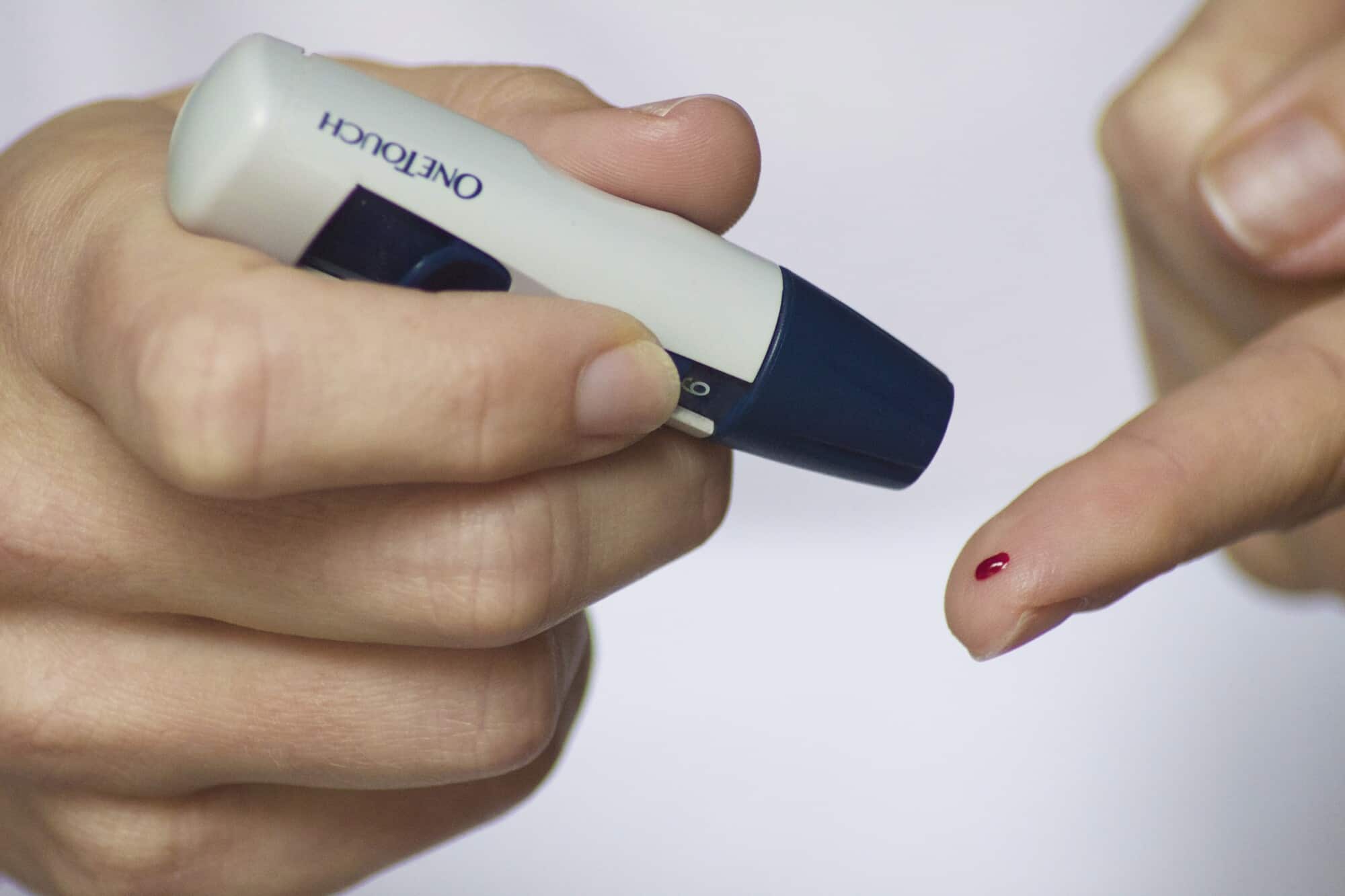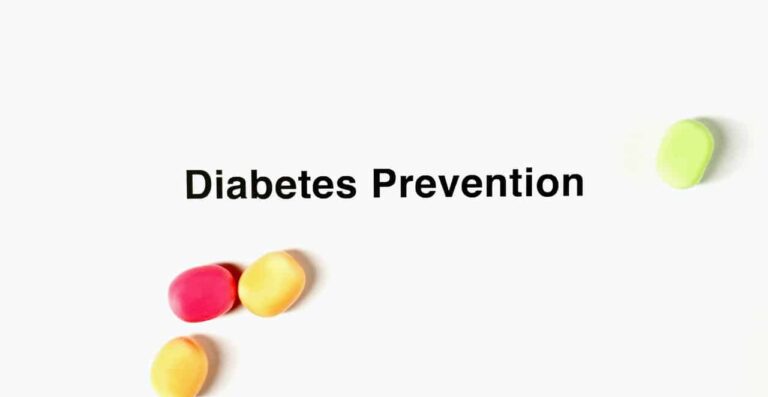Preventing Transmission of Infections for People with Diabetes
People with diabetes and the healthcare providers who work with them consistently handle sharp objects associated with checking blood sugar and injecting insulin. These sharp objects, if handled unsafely, can cause infection and disease. Exposer to another person’s blood through used needles increases your risk of contracting hepatitis B virus (HBV), as well as other bloodborne pathogens. That is why OSHA created the bloodborne pathogens training standard that will cover how to safely handle sharps. Here are some important guidelines for preventing transmission of infections for people with diabetes.
Handling Diabetes Devices
There are two main types of devices used by patients with diabetes and their healthcare providers. These include lancing devices, or fingersticks, and blood glucose monitors.
Fingersticks
Some fingerstick device models are reusable. However, it’s difficult to properly change out and clean the lancing components. This means that finger sticks should never be re-used between more than one person.
Instead, single-use, auto-disabling lancing devices should be used by healthcare providers to safely monitor their patients’ diabetes.
If these devices do need to be used on multiple people, they should be cleaned. To do this, wear gloves and submerge the lancing units in one tablespoon of bleach mixed with one quart of water. This will clean and sanitize the lancing unit.
Finally, as a general rule, do not ever share single-use fingerstick or lancing devices.
Blood Glucose Monitors
Do not share blood glucose monitors, if possible. However, if sharing is necessary, be sure to clean and disinfect them after every use.
If the device doesn’t come with cleaning instructions, do not share the monitors under any circumstances.
Injecting Insulin
Do not share insulin pens, syringes, or cartridges. Be sure to label all insulin devices to reduce the chance of use between multiple people.
Additionally, dedicate each multiple-dose vial of insulin to a single person. Enter vials with a new needle and syringe each time you inject, and dispose of all injection equipment in an approved container for sharps.
The bloodborne pathogens training will provide more information about how to properly dispose of sharps and other biohazardous objects.
Maintaining Good Hygiene
If you are a healthcare provider, always wear gloves when using an injection or lancing device. Change your gloves in between patients or if you get blood or bodily fluids on your hands.
Wash your hands before working with diabetes patients and after disposing of gloves.
If blood or bodily fluids end up on surfaces, they should be cleaned and disinfected.
Finally, all unused injection, lancing, and monitoring supplies should be stored in a safe and clean area.
Complete the Bloodborne Pathogens Training
You have just learned a few examples of how to safely monitor diabetes for patients. You may be interested in learning more about other scenarios in which you could be exposed to bloodborne pathogens.
In the bloodborne pathogens training, you will learn about these risky situations. You will also learn how to safely work in scenarios where exposure is likely. This will ultimately help you with preventing transmission of infections for people with diabetes.







